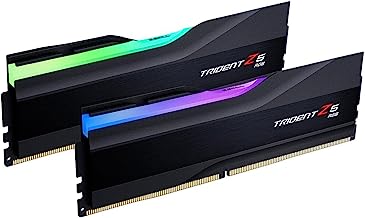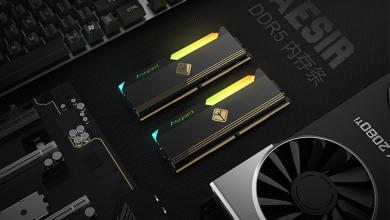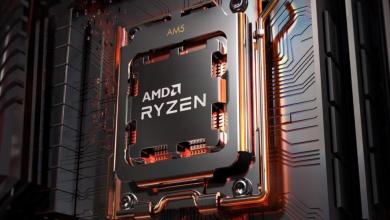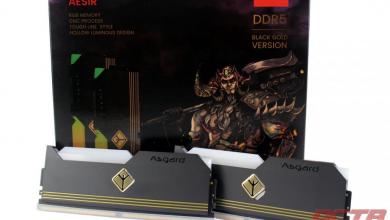The Impact of DDR Memory Speed on Computer Performance
In the world of computing, speed is king. The quest for faster processing times and more efficient performance has led to significant advancements in various computer components, one of which is system memory, commonly known as RAM. We will explore the intricacies of DDR memory speeds and their effect on a computer or laptop’s overall performance.
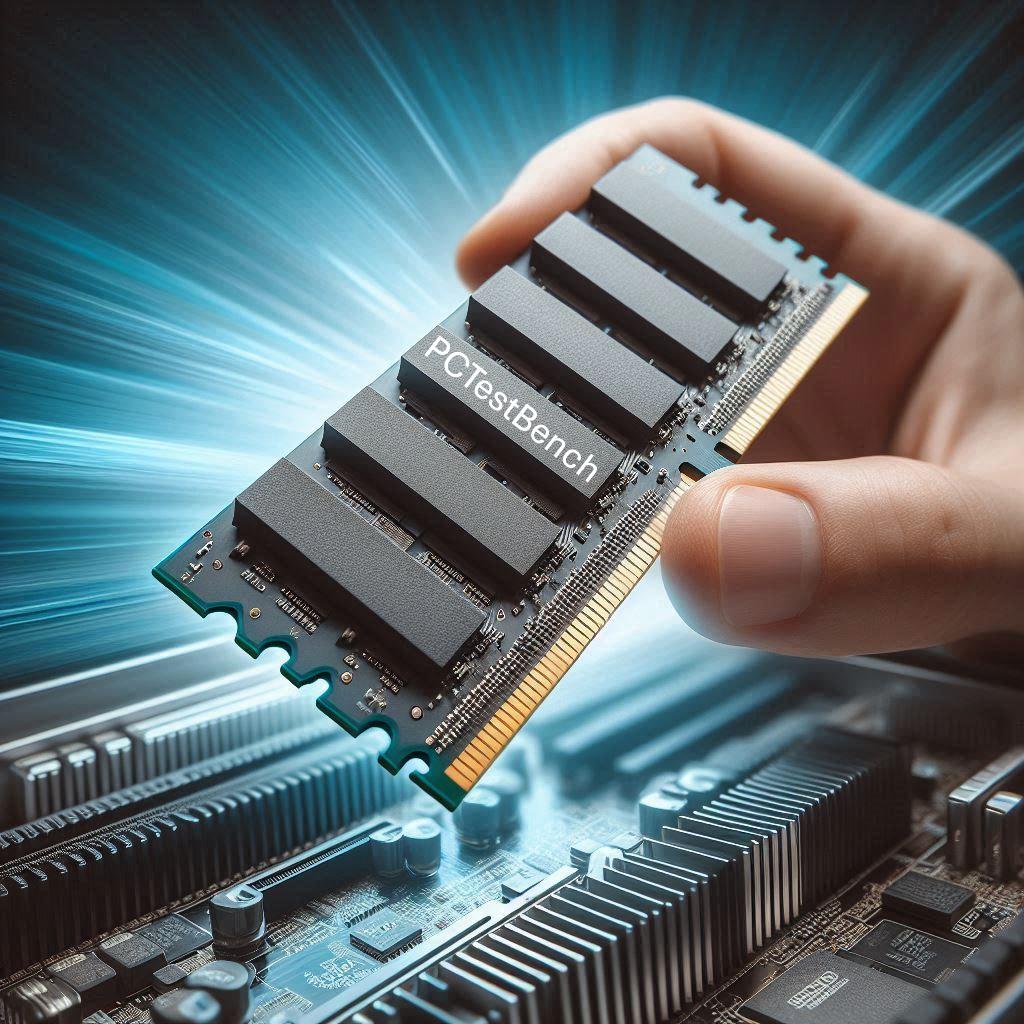
Understanding DDR Memory
DDR stands for Double Data Rate, and it’s a type of memory used in computers and laptops to store the data that the CPU needs quick access to. Over the years, we’ve seen the evolution from DDR1 all the way to DDR4, DDR5, and soon DDR6, with each iteration bringing about faster speeds and better performance.
Understanding DDR Memory Speeds
The speed of DDR memory is measured in megahertz (MHz), which indicates how many millions of times per second the memory can perform an operation. But does a higher MHz rating translate to noticeable performance gains? The answer is both yes and no.
Faster memory can improve the time it takes for the CPU to access data, which can lead to quicker program launches, smoother multitasking, and in some cases, better gaming performance. However, the real-world impact of faster memory speed depends on several factors, including the type of applications you’re running and the other components in your system.
DDR (Double Data Rate) memory is a type of RAM that transfers data on both the rising and falling edges of the clock signal, effectively doubling the data rate without increasing the clock frequency. This technology has evolved through several generations, each offering improvements in speed, efficiency, and capacity.
Generations of DDR Memory
- DDR (DDR1):
- Speed Range: 200 MHz to 400 MHz
- Peak Transfer Rate: Up to 3.2 GB/s
- DDR2:
- Speed Range: 400 MHz to 800 MHz
- Peak Transfer Rate: Up to 6.4 GB/s
- DDR3:
- Speed Range: 800 MHz to 1600 MHz
- Peak Transfer Rate: Up to 12.8 GB/s
- DDR4:
- Speed Range: 1600 MHz to 3200 MHz
- Peak Transfer Rate: Up to 25.6 GB/s
- DDR5:
- Speed Range: 3200 MHz to 6400 MHz (and beyond)
- Peak Transfer Rate: Up to 51.2 GB/s12
Impact on Performance
Gaming: Faster DDR memory can lead to higher frame rates and smoother gameplay, especially in games that are CPU-bound. This is because faster RAM allows the CPU to access game data more quickly.
Video Editing and Rendering: High-speed DDR memory can significantly reduce rendering times and improve the overall responsiveness of video editing software. This is crucial for professionals who work with large video files and complex projects.
Everyday Tasks: For typical daily activities like web browsing, office applications, and media consumption, the difference in memory speed is less noticeable. However, having faster RAM can still contribute to a more responsive system overall.
Choosing the Right DDR Memory
When selecting DDR memory, consider the following factors:
- Speed: Higher speeds are beneficial for performance-intensive tasks.
- Capacity: More RAM allows for better multitasking and handling of large files.
- Compatibility: Ensure the memory is compatible with your motherboard and CPU.
- Latency: Lower latency can improve performance, especially in gaming.
As technology advances, we can expect DDR memory to continue evolving, offering even higher speeds and greater efficiency. This will further enhance the performance of high-end computing tasks and support the development of more demanding applications.
In summary, while the average user may not notice significant differences in everyday tasks, those who require high performance from their systems will benefit from the advancements in DDR memory technology. Always consider your specific needs and system compatibility when choosing memory for your computer.
The Real-World Impact
For the average user who browses the web, streams video, or works with office applications, the difference in memory speeds may not be noticeable. However, for gamers, video editors, and professionals who use resource-intensive applications, faster DDR memory can mean the difference between a sluggish experience and a smooth one.
DDR Memory Speeds in 2024
Can You See the Difference?
The impact of increased DDR memory speed on performance is measurable in benchmarks and certain high-performance tasks. For example, in gaming, faster memory can lead to higher frame rates and better stability. In video editing, it can reduce rendering times. However, for everyday tasks, the difference may not be as clear-cut.
As of 2024, DDR memory speeds have reached new heights. We’re seeing DDR4 modules with speeds ranging from 2400MHz to an impressive 4400MHz and DDR5 modules starting at 4800MHz and going up to 6400MHz. These speeds are a testament to the continuous innovation in DDR memory technology. Based on the latest data, we can say that the trend is upward, with speeds increasing and the performance gap between generations narrowing.
Future Trends
DDR memory speed is an important factor in the overall performance of a computer, especially for high-end tasks that require quick data access. While the average user may not notice significant differences, those who demand more from their systems will appreciate the advancements in memory technology. As we continue to push the boundaries of what’s possible, we can expect even faster and more efficient memory modules to become the standard in computing.
Remember, the best memory for your needs depends on a combination of factors, including speed, capacity, and the other components of your system. It’s always a good idea to research and consider your specific use case when choosing memory for your computer or laptop.
Conclusion
This exploration into the world of DDR memory speeds and their impact on computer performance highlights the importance of understanding the components that make up our technology. As we look to the future, the continued innovation in memory speeds will undoubtedly play a crucial role in shaping the efficiency and capabilities of our computing devices. Whether you’re a casual user or a professional, staying informed about these advancements can help you make the best decisions for your computing needs.
Looking for DDR Memory
Check out the best prices on DDR Memory
